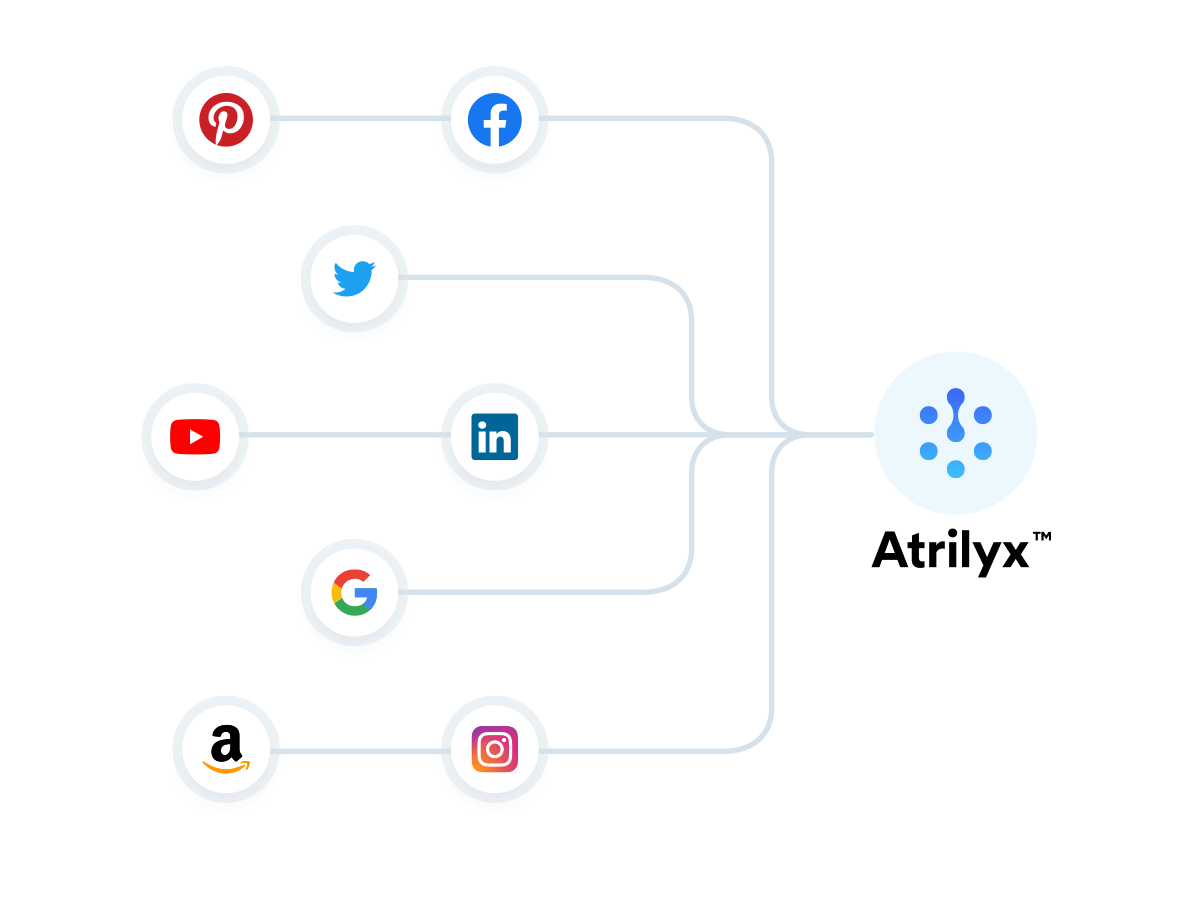BY SERGIO ALVAREZ
When the economic picture looks less than rosy, ensuring every dollar you invest gives the highest ROI is vital. Marketing is one area that can be a money pit if you aren’t pulling the right levers, but with the correct strategy, it can be one budget that pays back in dividends. It depends on whether you know which buttons to press and when.
ENOUGH WITH THE SILOS
The easiest way to ensure you’re wasting your marketing budget is to keep every element siloed. Different stakeholders within your organization measure their medium differently—for example, social media is about engagement, and paid advertising is all about impressions and conversions. Yet, each silo overlaps and cannot always be identified or understood in isolation. These overlaps are often wasters of money and time.
And when silos exist, the results can easily be misinterpreted. The social media team might not seem to be performing because no one is buying through Facebook. The PPC team is on fire because the paid ads appear to be converting, right? Siloing information like this means that you will never see how the social media work is actually directing customers to the paid ad work. Both are contributing in their own way. Conversion attribution should never be based on anything other than pure mathematical analysis. It’s a numbers game, not a guessing game.
WHAT DO WE WANT? AND HOW DID WE GET HERE?
These two questions are at the heart of ROI maximization. Most organizations have similar goals: sales, conversions, and new customers. But knowing how you got there is a little trickier. When you’ve identified the equivalent of your goal—a sale, a new sign-up, etc.—you should track your customer’s path there. Tracking that path forward can lead you astray because you’ll likely miss out on quite a few touchpoints along the way. When you track backward, it’s far easier to see every point at which your customer interacted with your media.
Another mistake is asking your platform—say Google—to give you the data on how many successful ads you ran in a month. Google will undoubtedly tell you all of your ads were the reason your customers converted. They will emphasize the success of their own platform, and the same would be true for any other platform. Running a holistic attribution system is like flicking the switch on a floodlight that illuminates every single place your customer paused on the path to conversion. It’s a single source of truth.




